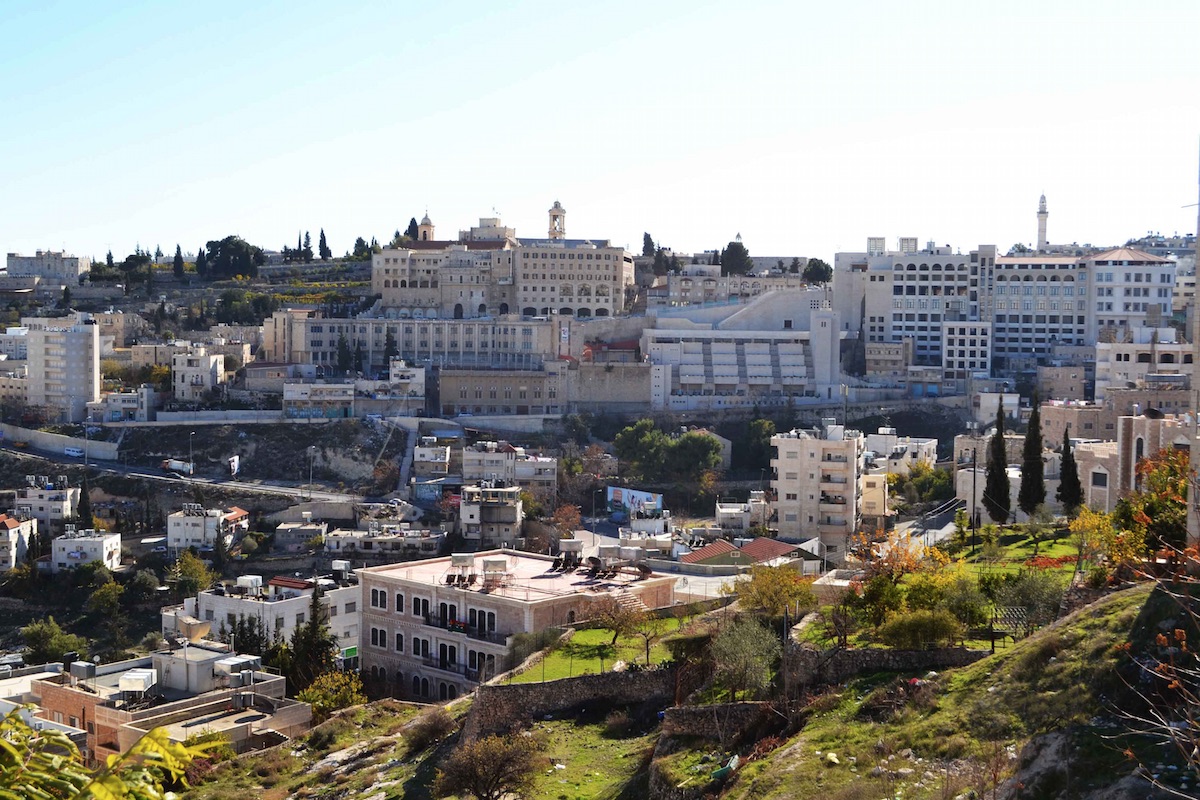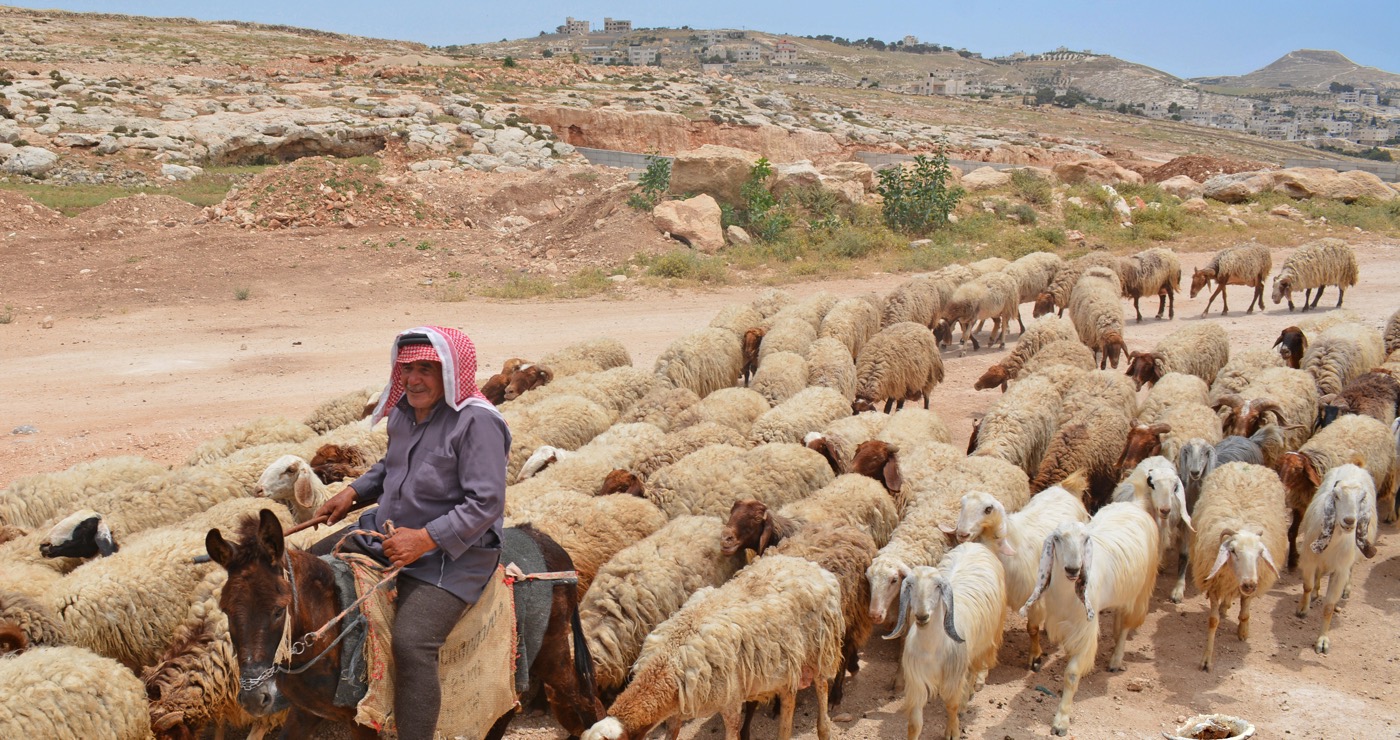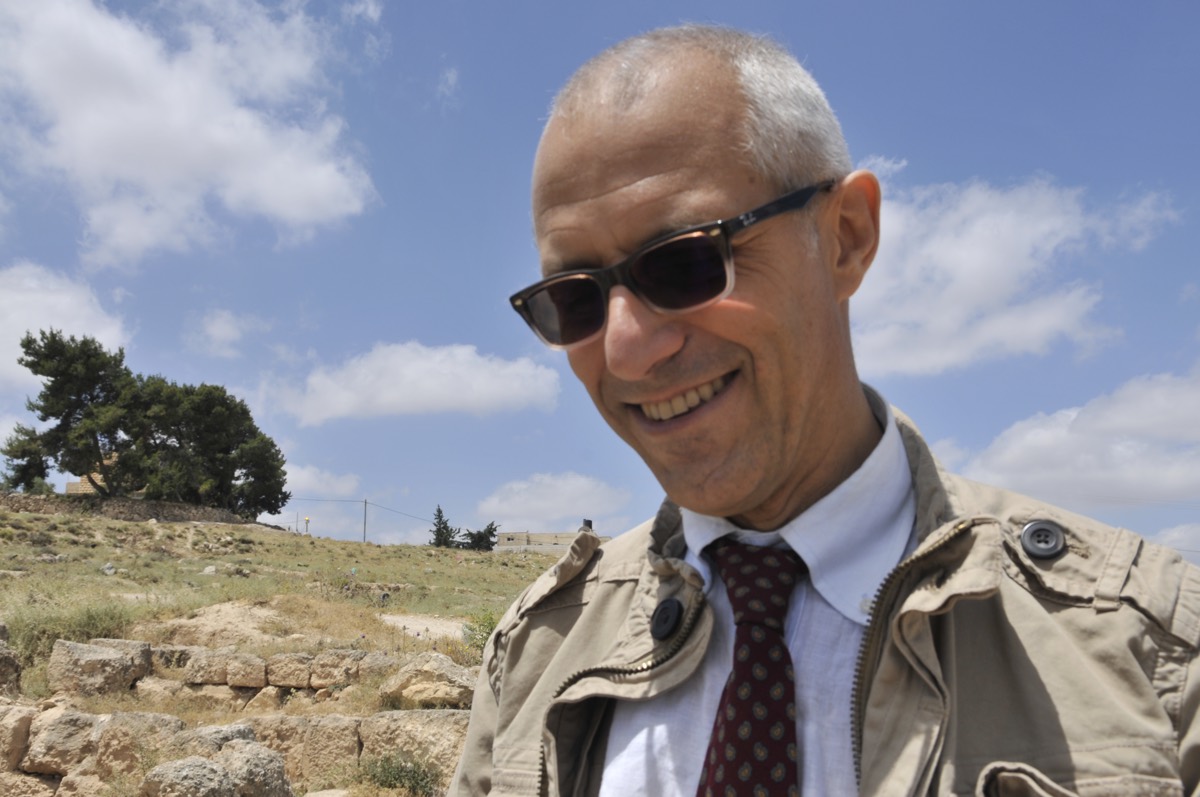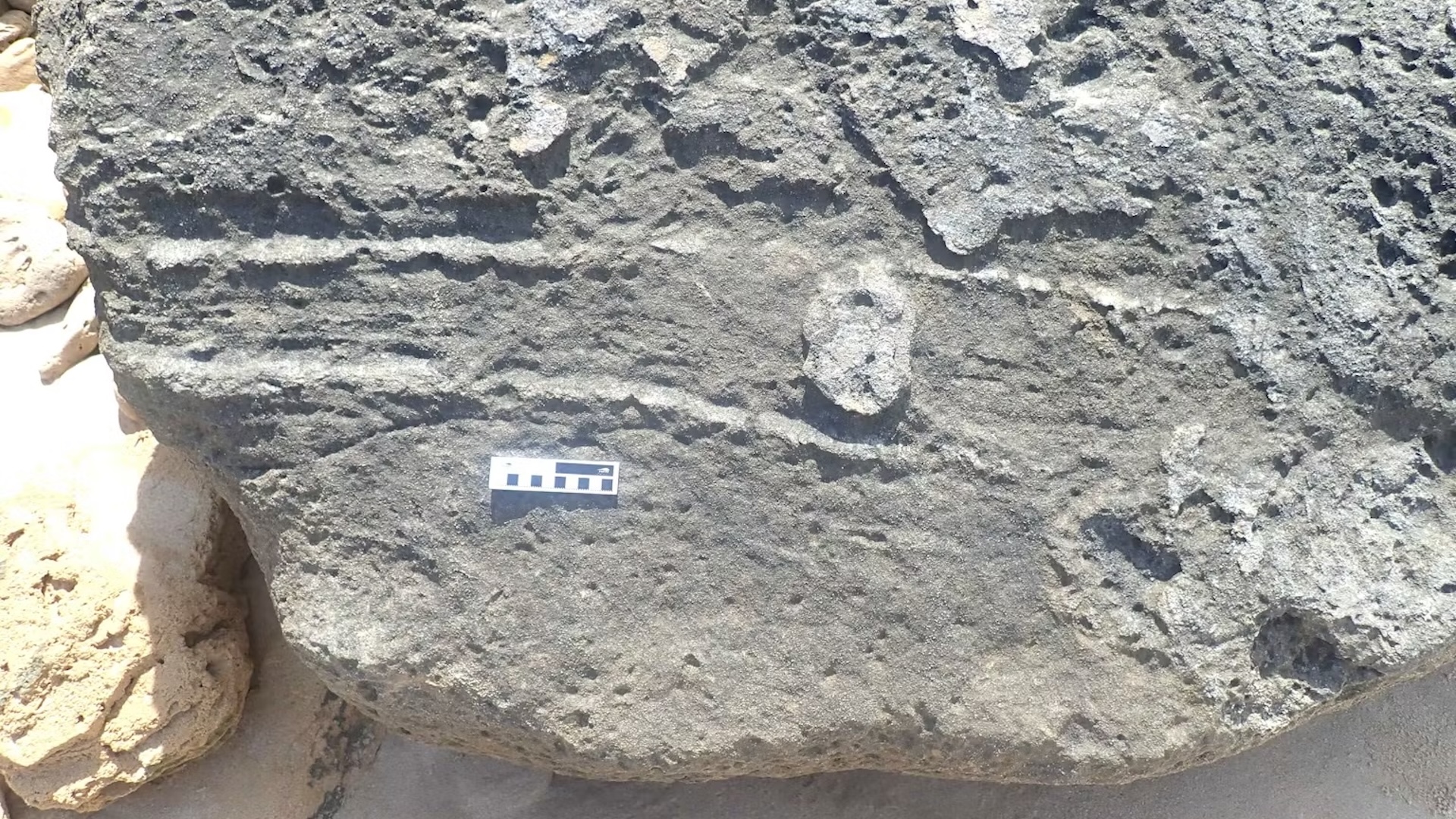In Photos: Ancient Burial Ground Uncovered Near Bethlehem
Town of Bethlehem

Archaeologists have discovered an ancient burial ground, called a necropolis, that once held more than 100 tombs. Located on the side of a hill, the necropolis dates as far back as 4,000 years ago (between roughly 2200 B.C. and 650 B.C.) and lies near the Palestinian town of Bethlehem in the West Bank. The site, which is now called Khalet al-Jam'a, was first discovered in 2013 during a construction project, and during 2014 and 2015 archaeologists excavated some of the tombs and created a plan for future study of the site. Shown here is an overview of the town of Bethlehem. [Read full story on the ancient burial ground]
Ancient burial ground

This photo shows the opening to two of the tombs at the Khalet al-Jam'a necropolis. The necropolis is located near the Palestinian town of Bethlehem. On the far left of the photograph, in the distance, you can see the Herodion, a palace built by King Herod. Archaeologists found that the necropolis originally contained more than 100 tombs and was in use between roughly 2200 B.C. and 650 B.C. and covers an area of 3 hectares (more than 7 acres).
Swirly scarabs

In the tomb labeled A2, archaeologists found two Egyptian-like amulets, known as scarabs. They were attached to rings made of bronze or gold. One of the amulets has circular decorations while the other has swirling designs and hieroglyphic writing. The scarabs date to the 13th dynasty of Egypt (1802 B.C. to 1640 B.C.). It's possible that these amulets were made locally rather than being imported from Egypt, archaeologists said.
Hieroglyphics

If you take a close look at the amulet found in the tomb labeled A2 and covered with the hieroglyphic writing you'll notice that two of the hieroglyphic inscriptions are written inside an oval circle known as a cartouche. The Egyptians often wrote royal names in cartouches. Archaeologists are in the process of studying the scarabs.
Buried with weapons

Tomb A2 also contained three daggers and an ax. Dagger "6188" had the remains of a pommel (hilt) that would have connected the blade to a wooden handle. Dagger "6187" is 21.1 centimeters (8.3 inches) long and dagger "6189" is 14.5 centimeter (5.7 inches) long. The remains of the ax are marked "6186."
Weapons were also found in other tombs. For instance, in a tomb that contained the remains of a man, woman and child, archaeologists also found two bronze daggers. That tomb dated to the Middle Bronze Age, more than 3,500 years ago.
Necropolis map

A map of the area where the ancient burial ground was found on a hillside. The Khalet al-Jam'a necropolis is located just to the south of Bethlehem
Get the world’s most fascinating discoveries delivered straight to your inbox.
Herding animals

Animals are herded near the necropolis, which archaeologists think was in use until 650 B.C. "It seems that the town suffered a crisis," wrote Lorenzo Nigro, professor at Sapienza University of Rome, in an article published in the journal Vicino Oriente. However, what exactly happened to the town is not clear.
Further study

A joint Italian-Palestinian team has surveyed Khalet al-Jam'a and will be exploring it more in the future. This is a photo of Lorenzo Nigro, professor at Sapienza University of Rome.

Owen Jarus is a regular contributor to Live Science who writes about archaeology and humans' past. He has also written for The Independent (UK), The Canadian Press (CP) and The Associated Press (AP), among others. Owen has a bachelor of arts degree from the University of Toronto and a journalism degree from Ryerson University.
